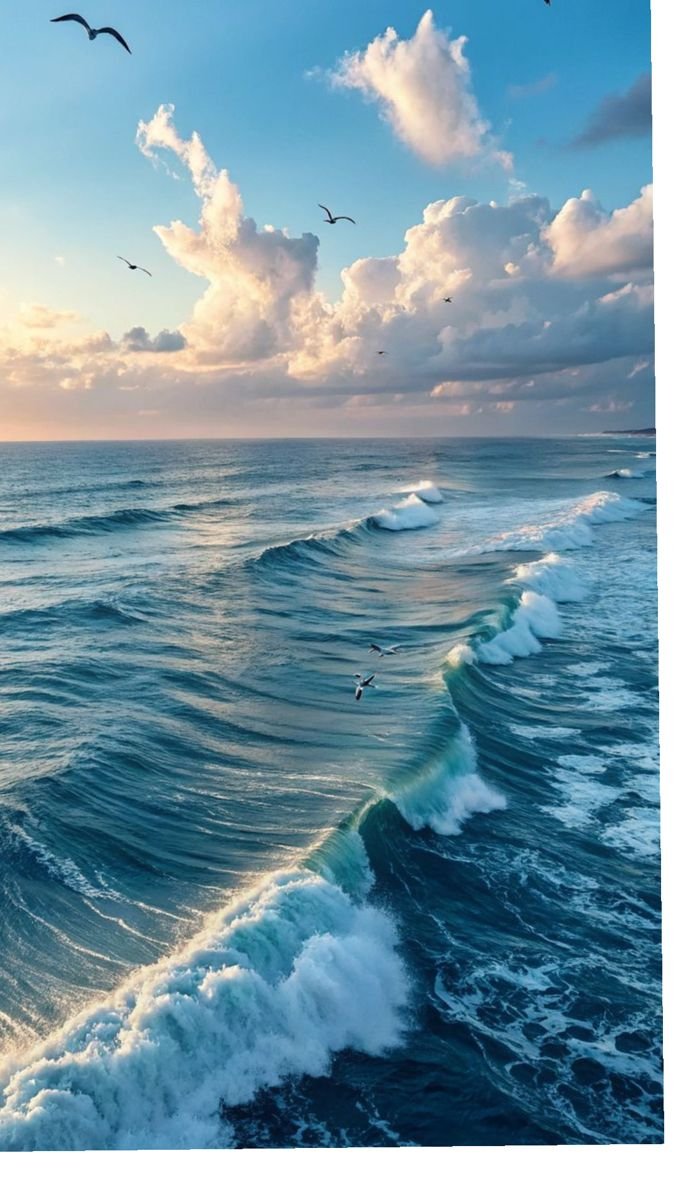Introduction: The Ocean as a World of Legends
For as long as humans have sailed the seas, they have told stories of mysterious creatures lurking beneath the waves. Vast and largely unexplored, the ocean has always stirred both fascination and fear. Without modern science or technology, ancient sailors explained storms, shipwrecks, and strange sea phenomena through myths and monsters. These legends became part of seafaring culture, shaping our understanding of the ocean and inspiring countless stories that endure even today.
The Kraken: Terror of the Deep
No sea monster is more infamous than the Kraken, a giant creature said to dwell off the coasts of Norway and Greenland. Described as a massive octopus or squid, the Kraken was believed to drag entire ships beneath the sea with its enormous tentacles. Sailors told of whirlpools forming around its body and of colossal shadows rising from the depths. While the myth terrified generations of sailors, modern science suggests it was inspired by sightings of giant squids, which can grow up to 40 feet in length.
Leviathan: The Biblical Sea Monster
The Leviathan appears in ancient Hebrew texts as a monstrous sea serpent symbolizing chaos. In biblical tradition, it was often portrayed as a creature only God could tame, representing the untamable nature of the ocean itself. In medieval times, Christian writers used Leviathan as a symbol of evil and destruction. Its legend shaped cultural perceptions of the sea as a place of danger, temptation, and spiritual testing.
Sea Serpents: Giants of the Open Ocean
Throughout history, sailors from nearly every culture have reported sightings of massive sea serpents. Long, snake-like creatures were said to coil around ships or glide silently through the water. One of the most famous accounts came in 1848, when the crew of the HMS Daedalus reported a 60-foot-long serpent swimming in the South Atlantic. While many such reports are now thought to be sightings of oarfish, whales, or giant eels, the legend of the sea serpent remains deeply rooted in maritime lore.
Mermaids and Sirens: Beauties and Dangers of the Sea
Among the most enduring sea myths are mermaids and sirens. Mermaids were often depicted as half-woman, half-fish creatures, sometimes benevolent, sometimes deadly. Sailors believed mermaids could foretell storms or even bring good fortune, but others warned they lured men to their deaths. In Greek mythology, sirens were dangerous creatures whose enchanting songs led sailors to shipwreck on rocky shores. These myths symbolized the dual nature of the ocean—beautiful yet perilous.
Scylla and Charybdis: Monsters of Greek Mythology
In Homer’s Odyssey, sailors faced the terrifying choice between two sea monsters: Scylla and Charybdis. Scylla was a six-headed beast that devoured sailors from passing ships, while Charybdis was a deadly whirlpool capable of swallowing entire vessels. This myth represented the real-life dangers of navigating narrow straits and treacherous waters. The phrase “between Scylla and Charybdis” survives today, meaning to be trapped between two deadly dangers.
The Ningen: A Modern Sea Monster
Even in modern times, sea monster myths continue. Japanese fishermen have spread tales of the Ningen, a giant humanoid creature said to dwell in the icy waters of the Antarctic. Described as pale, with arms, legs, and even facial features, the Ningen is often considered a mix of cryptid and legend. Whether a product of imagination, mistaken identity, or myth-making, it proves that humans still create stories about sea creatures in unexplored regions.
Dragons of the Sea
In many cultures, the sea was home to powerful dragons. Chinese mythology describes sea dragons as wise, divine beings who controlled rainfall and storms. Norse mythology speaks of Jörmungandr, the world serpent, so large that it encircled the earth, lying in the sea until Ragnarök. These dragon myths connected the power of the sea with cosmic balance, chaos, and divine punishment.
The Role of Myths in Seafaring Cultures
For ancient sailors, myths were not just entertainment—they served as guides and warnings. Sea monsters explained the unknown dangers of the ocean and reinforced the need for caution, respect, and bravery. A sudden storm might be seen as the wrath of a sea god, while the disappearance of a ship might be blamed on a sea monster. In this way, myths provided meaning to tragedies and reinforced cultural values about humility before nature.
Scientific Explanations Behind the Myths
Today, science explains many phenomena once thought to be monsters. The giant squid likely inspired Kraken tales, while oarfish may account for sea serpent sightings. Manatees, with their rounded shapes, may have been mistaken for mermaids by weary sailors. Dangerous whirlpools like Charybdis can be explained by tidal flows in narrow passages. By comparing mythology with biology and oceanography, we can see how observation, imagination, and fear combined to create lasting sea legends.
Sea Monsters in Literature and Art
Legends of sea monsters shaped art, literature, and culture across centuries. Medieval maps often featured illustrations of giant sea serpents at the edges of known waters, warning sailors of the perils beyond. Writers like Homer, Shakespeare, and Jules Verne incorporated sea creatures into their works, from The Odyssey to 20,000 Leagues Under the Sea. These myths became symbolic of human curiosity and fear of the unknown, fueling exploration while reminding us of our limits.
Modern Pop Culture and Sea Monsters
Sea monsters continue to inspire modern storytelling. Films, books, and video games feature creatures like the Kraken, Leviathan, and sea serpents, reimagined for new generations. Stories like Pirates of the Caribbean brought ghostly sea legends into mainstream entertainment, while cryptid hunters still search for evidence of mysterious marine life. The endurance of these myths shows how deeply they resonate with human imagination, even in an age of satellites and submarines.
The Ocean: A Source of Endless Mystery
Despite advances in science, we have explored less than 20% of the world’s oceans. Vast areas remain untouched and unseen, fueling speculation about what might still lurk in the deep. The unknown keeps sea monster legends alive, reminding us that the ocean is as mysterious today as it was to ancient sailors. The deep sea, with its strange bioluminescent creatures and bizarre ecosystems, shows that the truth can sometimes be stranger than legend.
Why We Still Believe in Sea Monsters
Sea monster myths endure because they represent humanity’s relationship with the ocean. They embody fear, curiosity, and respect for the unknown. Myths also give personality to natural forces—storms, waves, and tides become monsters with motives, making the vastness of the ocean easier to understand. Even in the modern world, these legends help us process the dangers and mysteries of a force far greater than ourselves.
Conclusion: Legends That Shaped the Sea
From the Kraken to Leviathan, from mermaids to sea serpents, ocean myths reflect centuries of human imagination. These legends not only entertained but also guided sailors, inspired art, and fueled exploration. Today, while science explains much of what was once mysterious, the allure of sea monsters remains. They remind us that the ocean is both a place of discovery and a realm of mystery. The myths of the sea will continue to shape our imagination, ensuring that as long as humans sail, the stories of sea monsters will endure.


